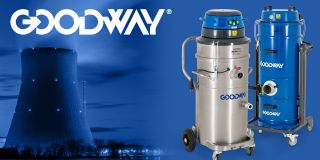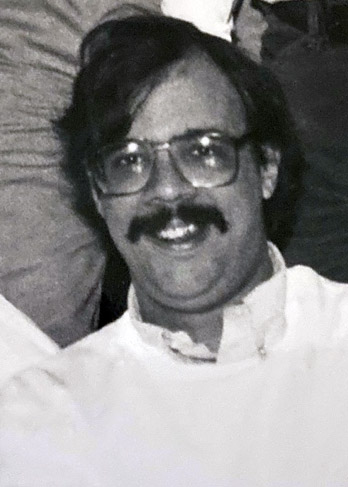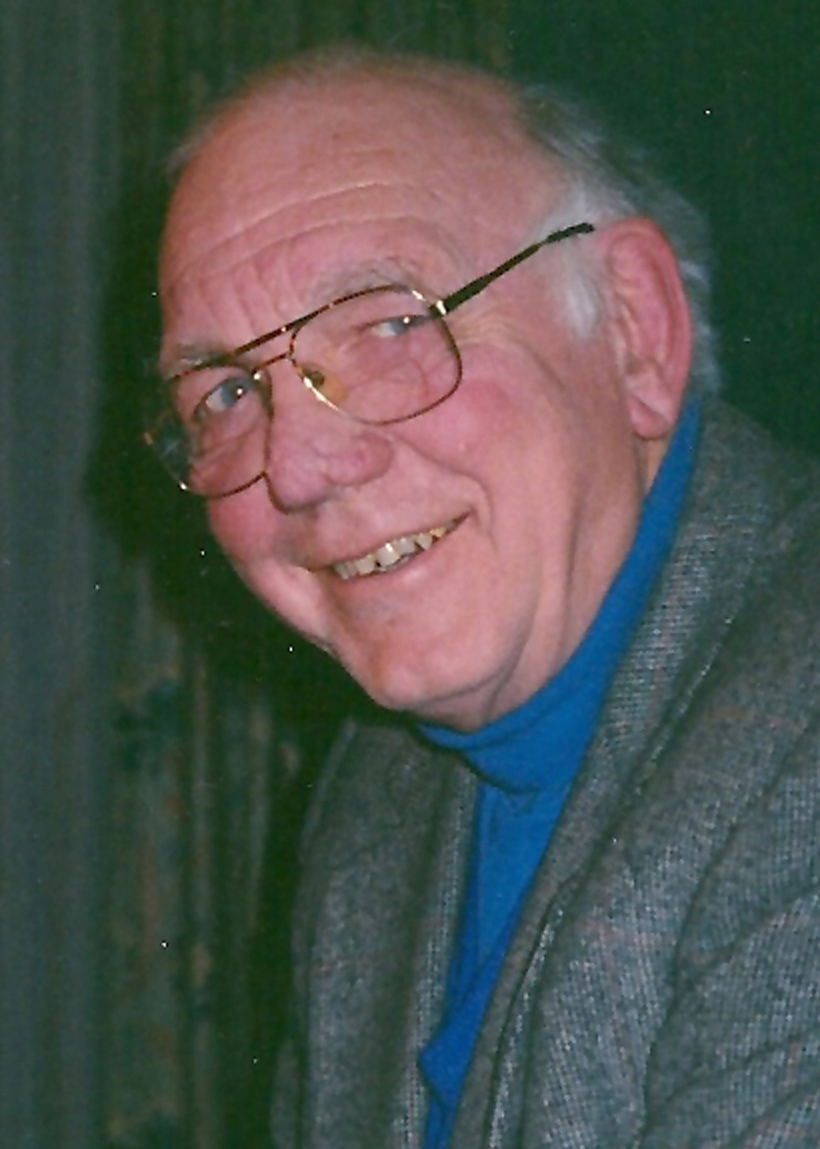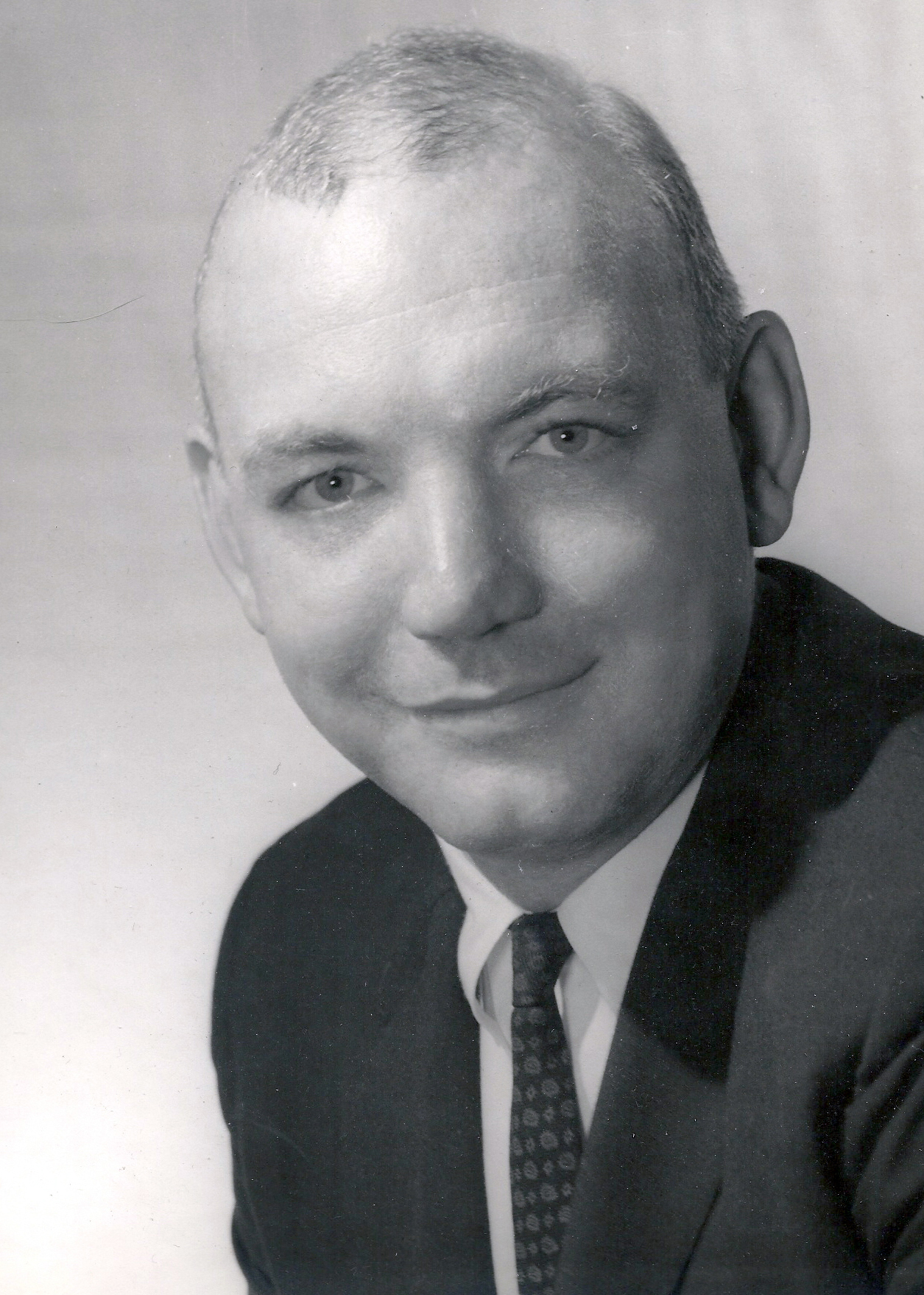My story: Ralph Cooper
ANS member since 1960
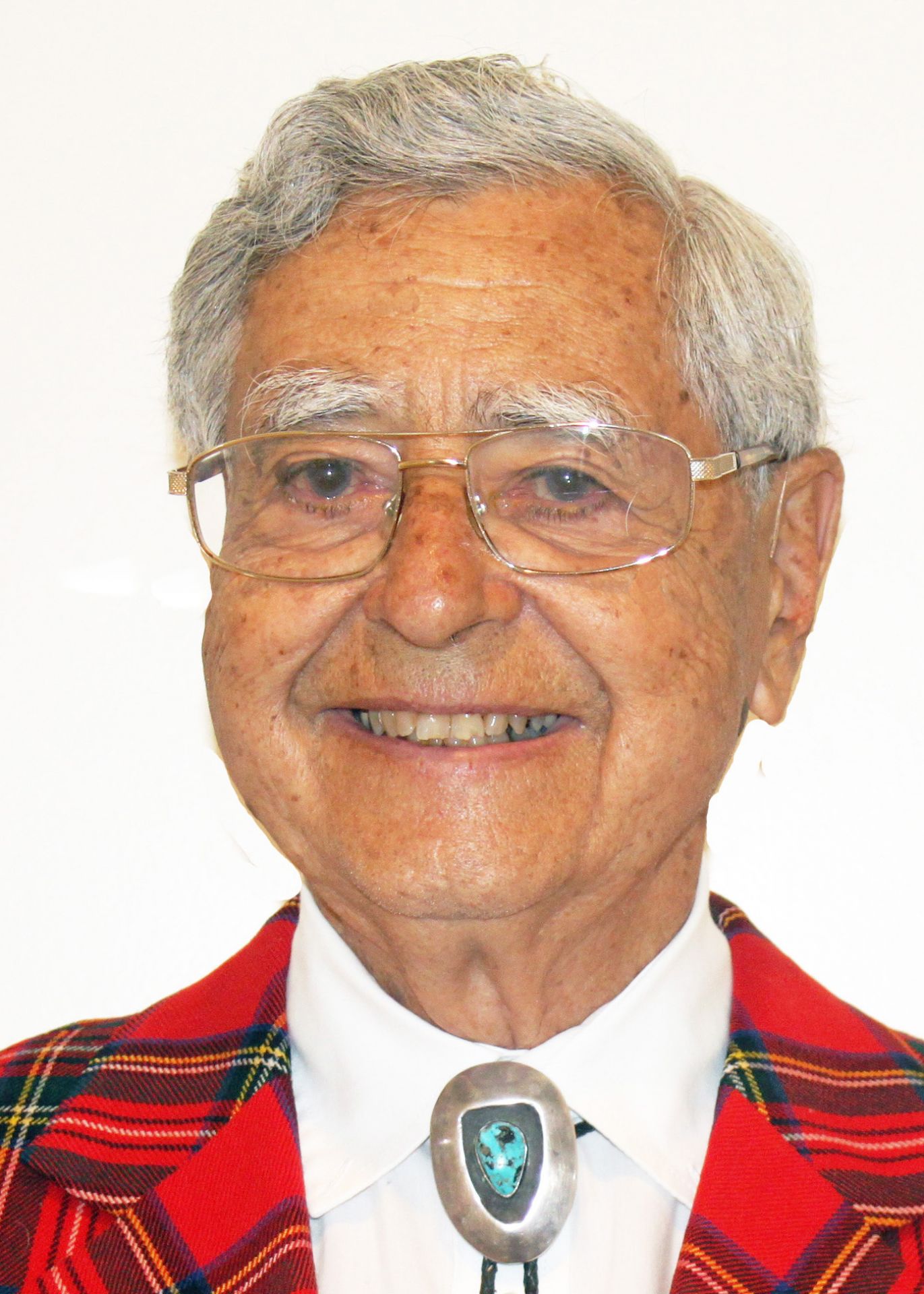
. . . and today
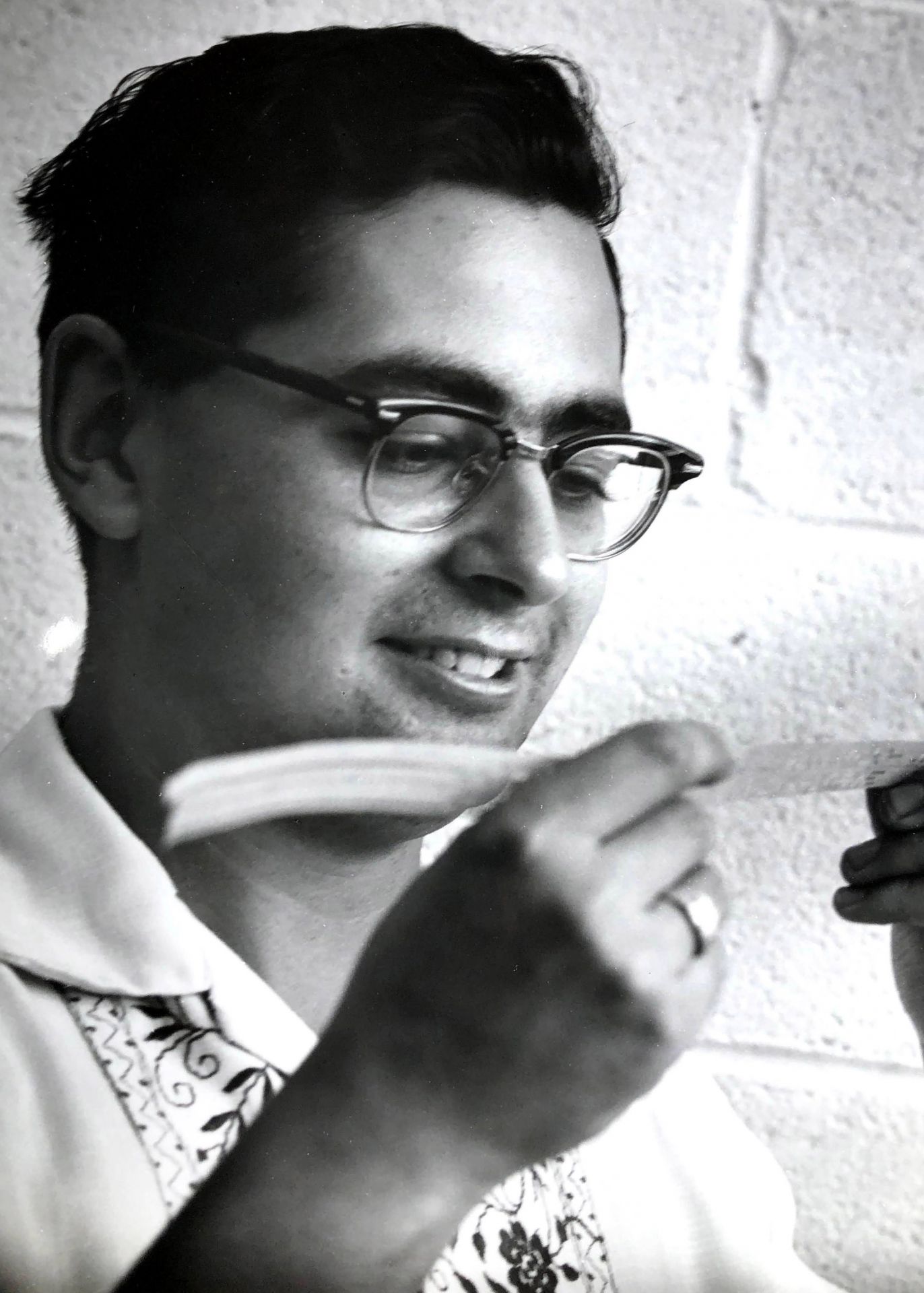
Ralph Cooper in 1955. . .
Variety characterized my career: in profession (engineer, physicist, educator), in field (energy, space, defense), in technology (fusion, lasers, nuclear), and in community (STEM diversity, scouting, social service).
After earning my energy engineering degree from The Cooper Union in New York and my Ph.D. in physics from the University of Illinois, I was most excited by Los Alamos Scientific Laboratory’s 1957 program (pre-Sputnik) to develop a nuclear rocket engine. There I worked on everything from reactor physics to vehicle design and mission analysis. I participated in the Gardner Committee that recommended the Apollo program, a thrill for a young scientist.

